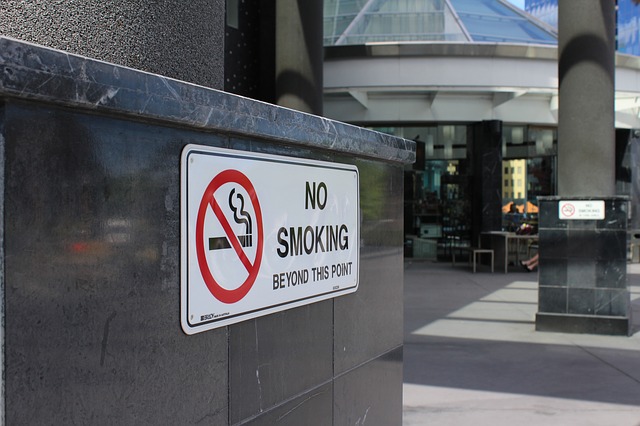The study titled, “Cigarette smokers’ concurrent use of smokeless tobacco: dual use patterns and nicotine exposure,” looked into the patterns of dual users’ product use and nicotine exposure on days when they used cigarettes exclusively (single use) versus days when they consumed both cigarettes and SLTs (dual use).
Forty-six dual users (cigarettes and SLTs) recorded their product use behaviours in real time via ecological momentary assessment for a 2-week longitudinal design, answering questions related to situational factors (eg. location, mood) using this same diary. Moreover, they collected saliva samples each night for later cotinine measurement, and at the end of the 2-week period, they reported their reasons for and beliefs about SLT use.
The compiled data indicated higher cotinine levels on dual versus single use days. The number of cigarettes logged was higher on dual versus single use days. Product use was distinguished by situational factors, with the strongest predictor being location of use.
The effect of indoor smoking restrictions
An interesting factor that was highlighted was the fact that many smokers was motivated to start using SLTs to make up for not being able to smoke in certain spaces. “The most common reason for initiating (56.52%) and continuing (67.39%) SLT use was to circumvent indoor smoking restrictions.”
“Results support the idea of product supplementation rather than replacement among this convenience sample of dual users. For smokers whose primary motivation for SLT use involves situations where they would otherwise be tobacco free, the potential benefits of clean indoor air laws may be diminished,” concluded the researchers.












